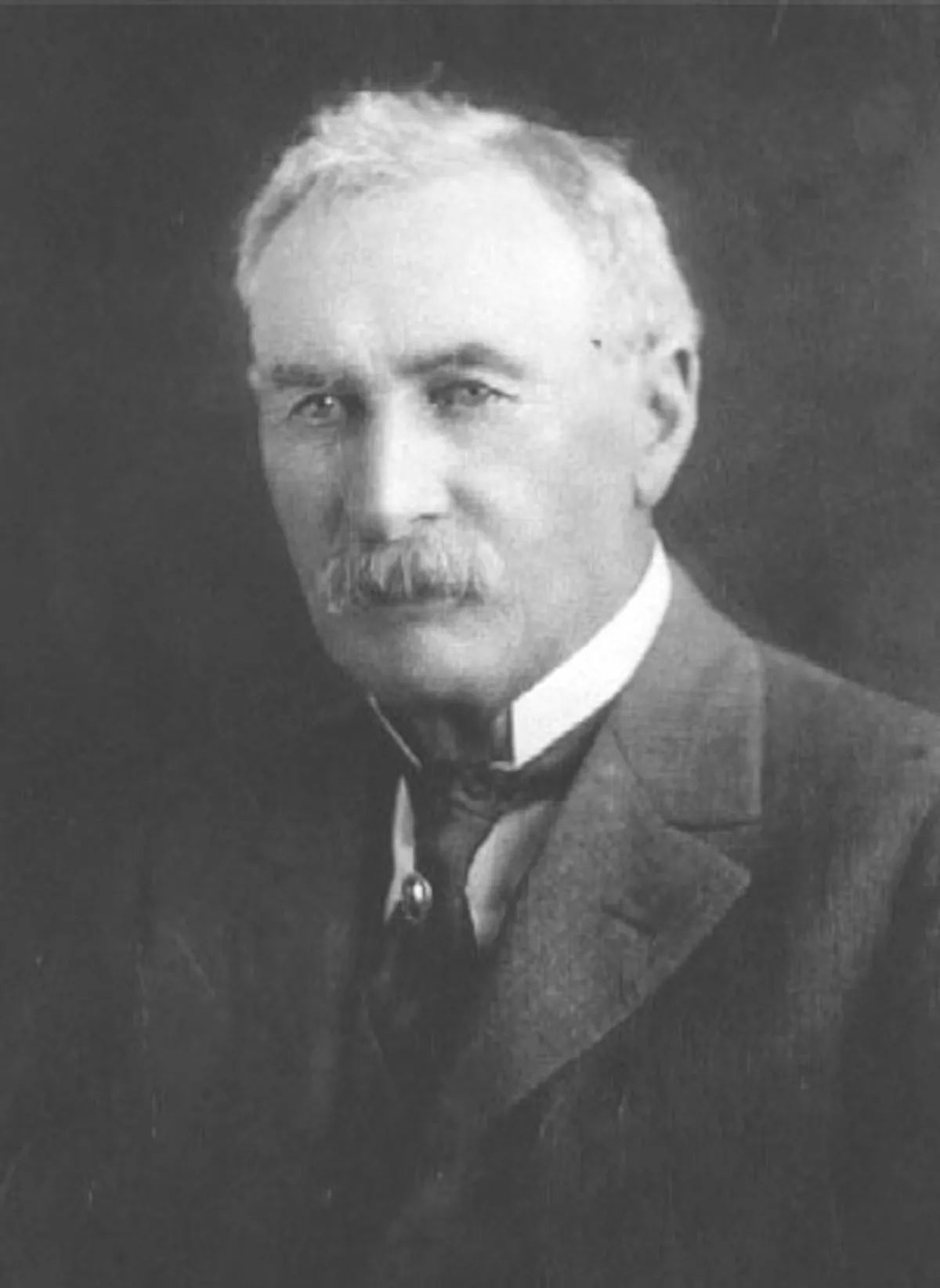 1.
1. William Mulholland was an Irish American self-taught civil engineer who was responsible for building the infrastructure to provide a water supply that allowed Los Angeles to grow into the largest city in California.

 1.
1. William Mulholland was an Irish American self-taught civil engineer who was responsible for building the infrastructure to provide a water supply that allowed Los Angeles to grow into the largest city in California.
In March 1928, William Mulholland's career came to an end when the St Francis Dam failed just over 12 hours after his assistant and he gave it a safety inspection.
William Mulholland was born in Belfast, Ireland, part of the United Kingdom.
In 1862, when William Mulholland was seven years old, his mother died.
William Mulholland was educated at O'Connell School by the Christian Brothers in Dublin.
At 15, William Mulholland was a member of the British Merchant Navy.
William Mulholland spent the next four years as a seaman on Gleniffer, making at least 19 Atlantic crossings to ports in North America and the Caribbean.
William Mulholland reconnected with his brother Hugh, and in December 1876, they stowed away on a ship in New York bound for California.
In 1880, William Mulholland oversaw the laying of the first iron water pipeline in Los Angeles.
William Mulholland left the employment of the LACWC briefly in 1884, but returned in mid-December.
William Mulholland left again in 1885 and worked for the Sespe Land and Water Company.
In 1911, the department was renamed the Bureau of Water Works and Supply, with William Mulholland named as its chief engineer.
William Mulholland shared the vision of a much larger Los Angeles with Frederick Eaton, the mayor of Los Angeles from 1898 through 1900.
In 1886, Eaton became city engineer and William Mulholland became superintendent of the water company.
William Mulholland misled residents of the Owens Valley; he indicated that Los Angeles would only use unused flows in the Owens Valley, while planning on using the full water rights to fill the aquifer of the San Fernando Valley.
From 1907 to 1913, William Mulholland directed the building of the aqueduct.
William Mulholland realised that the annexation would raise the debt limit of Los Angeles, which allowed the financing of the aqueduct.
The water from William Mulholland's aqueduct shifted farming from wheat to irrigated crops such as corn, beans, squash, and cotton; orchards of apricots, persimmons, and walnuts; and major citrus groves of oranges and lemons.
William Mulholland, who was self-taught, became the first American civil engineer to use hydraulic sluicing to build a dam while constructing the Silver Lake Reservoir in 1906.
Government engineers adopted the method when building Gatun Dam, on which William Mulholland was a consultant, in the Panama Canal Zone.
William Mulholland's offices were, at one point, on the top floor of Sid Grauman's Million Dollar Theater.
William Mulholland was blocked from obtaining additional water from the Colorado River, so decided to take all available water from the Owens Valley.
William Mulholland was quoted as saying, in anger, he "half-regretted the demise of so many of the valley's orchard trees, because now there were no longer enough trees to hang all the troublemakers who live there".
William Mulholland took full responsibility for what has been called the worst US man-made disaster of the 20th century and retired in November 1928.
Nonetheless, his critics pointed out that another dam on which William Mulholland had acted as a consultant collapsed, and the city abandoned a dam project in San Gabriel before completion.
William Mulholland had increased the height of the dam by 20 feet after construction had started, without specifying a corresponding increase in the width of the base.
William Mulholland spent the rest of his life in relative seclusion, devastated by the tragedy.
William Mulholland died in 1935 from a stroke, and is buried at Forest Lawn Memorial Park Cemetery in Glendale, California.
The harshest judgement of William Mulholland's actions lay in the damage he had done to the principle of public water development.